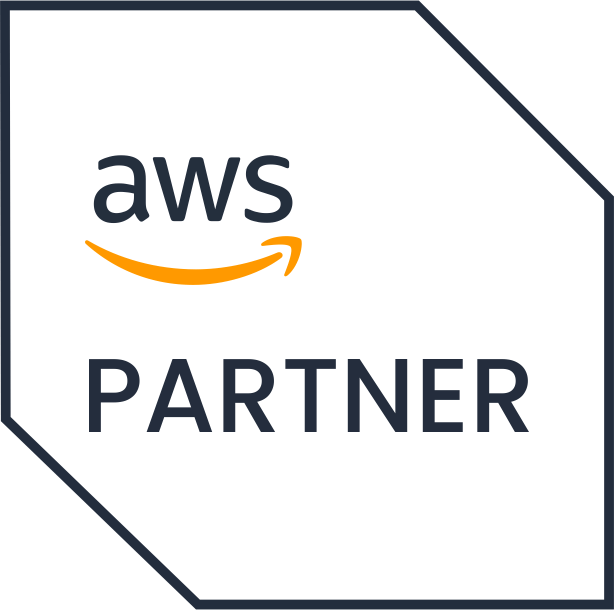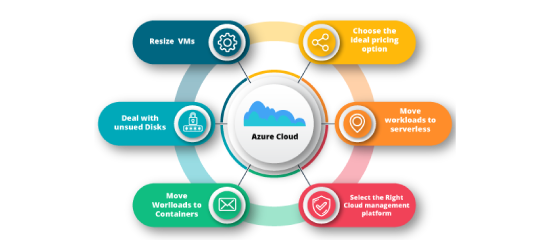Published Date :
One of the biggest reasons of moving to the cloud is reduced costs. But cloud computing can be tricky; failure to correctly assess requirements and identify best-fit services can end up costing an organization a lot more than they may have originally anticipated.
If you’re moving to Azure or already have workloads on MS Azure, these are six areas where you can—and should— implement changes to realise significant savings using Azure’s cost-optimization tool, which comes integrated into Azure. It is also a cache for data collection and analysis. There are also other tools that Azure offers to help with your cost optimization and planning, for instance: Azure Advisor, Cloudyn, Azure Budgets, Cost Analysis and Cost Calculator. You can use these tools to monitor resource usage and spending and run comparisons with other cloud environments.
The following six best practices have proven to help organizations better leverage their existing resources on Azure and optimize costs. Try them, you have nothing to lose but your expenses!
Resize VMs
Storage capacity and computing power are the two fundamental aspects influencing cost of VMs. It follows that to optimize cost of VMs, organizations should operate their Virtual Machines at maximum capacity. Using Azure monitor metrics, you can analyze usage patterns, and keep your VMs from fluctuating continuously.
Deal with Unused Disks
It is worthwhile to know that even if you delete a virtual machine, it will still incur costs as Azure doesn’t remove them permanently. To avoid this and keep your costs down you need to identify these deleted disks and permanently remove them. You can use the Portal Disk Screen to view all active managed virtual disks.
You might also have disks in Azure that are not managed and not linked to any VM. To delete this you can run a script, following given instructions.
Move Workloads to Containers
Virtual machines are not the most popular computing option you have on Azure. Containers are comparably lighter than VMs, not to mention, lucrative, thanks to their operability and low footprint.
These aspects make it a good choice for organizations to transition from VMs to containers.
Azure Kubernetes Service (AKS), which is a completely managed container hosting platform, provides features, such as in-built monitoring, active directory integration, role-based access control (RBAC), wizard-based resource management and one-click updates that can be used to combine different tasks using fewer servers.
Choose the Ideal Pricing Option
Charges for resources are based on duration of usage. Longer durations bring costs down significantly. So, choosing the right pricing is an important step once you’ve selected required resources. By moving less accessed or low sensitivity data to lower-cost tiers, you can save substantially. Building automated storage tiering features in the application ensures redundant data is automatically shifted to a lower-cost tier.
Move Workloads to Serverless
The allure of hands-off management of IT resources has led to the continuous growth and popularity of serverless computing. Thus is it recommended that you run code-as-functions and eliminate the cost and effort that goes with server management. Without any need to spend on reserving and renting VMs you need only spend on resources that you actually need. For all these reasons, Serverless computing has become an essential step in the Azure cost-optimization practices.
Select the Right Cloud Management Platform
The final step in keeping your cloud bills under control is to ensure you’ve adopted the best Cloud Management Platform (CMP) for your organization. Ideally, it must help you review your Azure subscriptions and optimizing costs by providing useful recommendations that the platform offers. The ideal CMP can help you cut costs drastically by taking a deep and hard look at your subscriptions and providing actionable alternatives that can help you reduce application footprints.
Unarguably the most effective approach is to go with the best-fit cloud managed service provider to monitor and manage all your workloads be it on PaaS or IaaS environments, applications, networks and storage of an organization. And develop a customized cloud cost optimization strategy that works for you. As an independent Cloud Managed Servicer Provider, and preferred Azure partner, Teleglobal is well positioned to help you optimize your Azure cloud, manage your data, ensure security, and drive your cloud cost optimization efforts.
Need help with your cloud?
"No worries! Our experts are here to help you. Just fill the form and we'll get back to you shortly!"
Our Partners


 +919356301699
+919356301699 hello@anetautomation.com
hello@anetautomation.com
